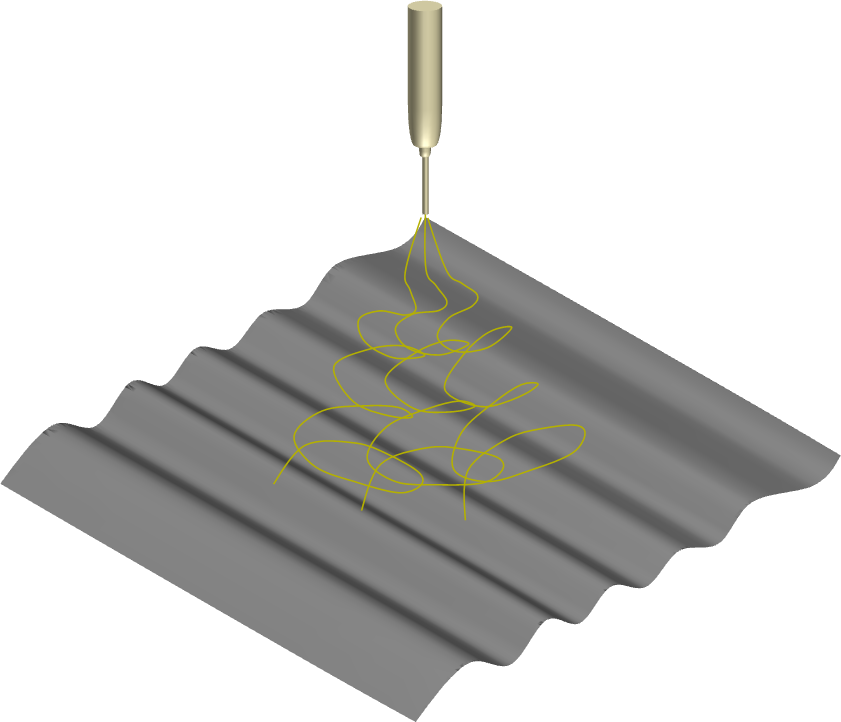▼ Reference
- Abdel-Hady, Alzahrany A, Hamed M. Experimental Validation of Upward Electrospinning Process. ISRN Nanotechnology 2011; 2011: 851317.
- Eda G, Liu J, Shivkumar S. Solvent effects on jet evolution during electrospinning of semi-dilute polystyrene solutions. European Polymer Journal 2007; 43: 1154.
- Kong C S, Lee S G, Lee S H, Lee K H, Jo N G, Kim H S. Multi-Jet Ejection and Fluctuation in Electrospinning of Polyvinyl Alcohol With Various Nozzle Diameters. Polym Eng Sci 2009; 49: 2286.
- Liu Z, Ju K, Wang Z, Li W, Ke H, He J. Electrospun Jets Number and Nanofiber Morphology Effected by Voltage Value: Numerical Simulation and Experimental Verification. Nanoscale Research Letters 2019; 14: 310. Open Access
- Varesano A, Carletto R A, Mazzuchetti G. Experimental investigations on the multi-jet electrospinning process. Journal of Materials Processing Technology 2009; 209: 5178.
- Vaseashta A (2007) Controlled formation of multiple Taylor cones in electrospinning process. Appl. Phys. Lett. 90, 093115.
- Wu Y K, Wang L, Fan J, Shou W, Zhou B M, Liu Y. Multi-Jet Electrospinning with Auxiliary Electrode: The Influence of Solution Properties. Polymers 2018; 10(6): 572. Open Access
▼ Credit and Acknowledgement
Author
Wee-Eong TEO View profile
Email: weeeong@yahoo.com
 ElectrospinTech
ElectrospinTech
